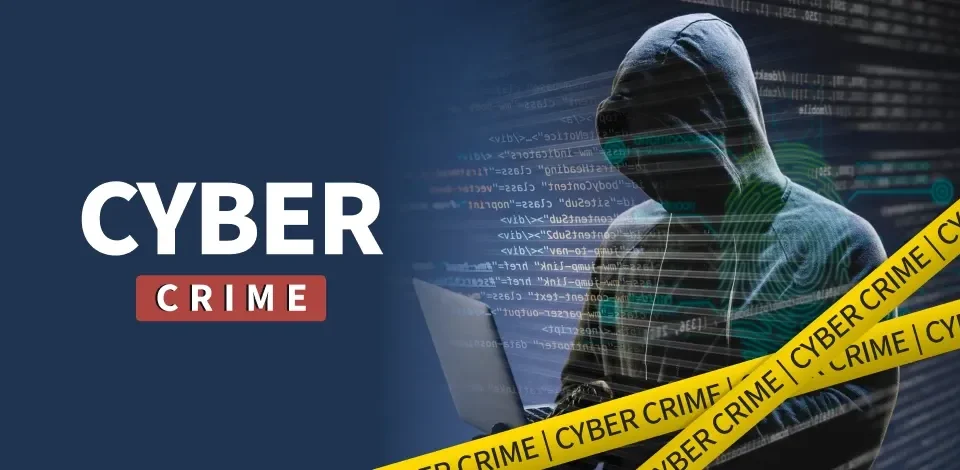
Enhancing Cybersecurity: The Role of Attack Surface Management
March 17, 2025
Navigating the Complexities of Third-Party Cyber Risk Management
March 17, 2025Understanding Quishing
In an increasingly digital world, cyber threats are evolving. One of the newest risks to emerge is known as quishing. This term combines “QR code” and “phishing,” indicating a method where cybercriminals exploit QR codes to steal sensitive information. Unlike traditional phishing scams that often involve deceptive emails, quishing utilizes QR codes that, when scanned, redirect users to malicious websites or prompt them to download harmful applications.
The Mechanics of Quishing
Quishing scams can be deceptively simple. A hacker designs a QR code that appears legitimate; this may be found on flyers, social media, or even in chat messages. When individuals scan these codes, they might be led to a page that mimics a well-known site, asking for personal information such as passwords or credit card details. With the prevalence of smartphones equipped with QR readers, victims may not even think twice before interacting with these codes.
Protecting Yourself Against Quishing
To safeguard against quishing, exercise caution when scanning QR codes. Always verify the source before interaction. If a QR code seems suspicious or comes from an unknown person, it’s best to avoid scanning it. Additionally, consider using security software that can detect malicious links. Awareness is key; as this new type of phishing continues to rise, staying informed is essential for protecting your personal information.




